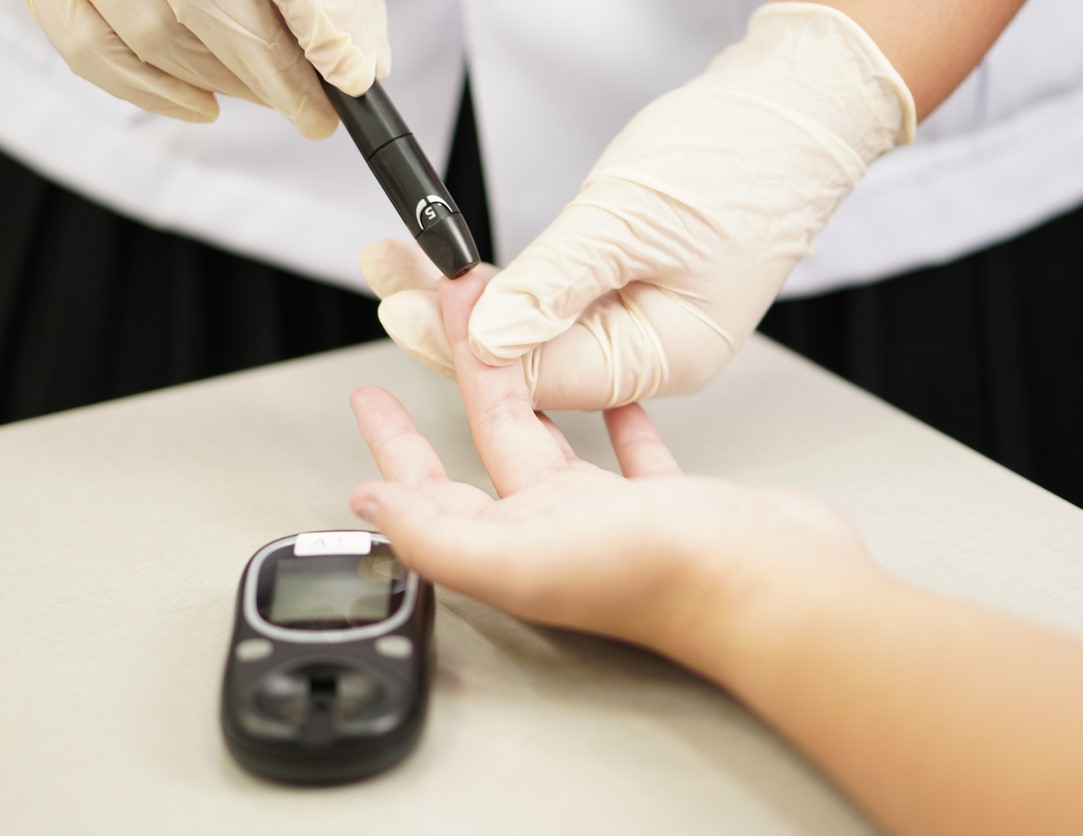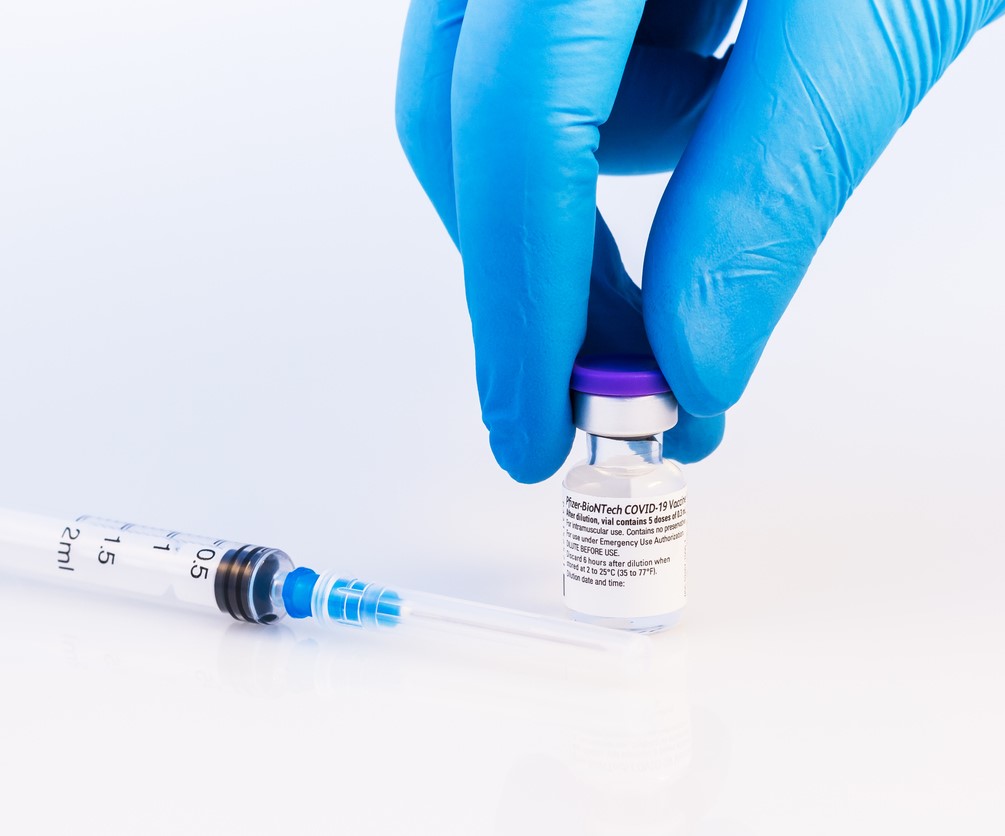 A new study suggests that a diagnosis of COVID-19 in children is associated with an increased incidence of type 1 diabetes in 2020 and 2021 in Bavaria, Germany. The study was published yesterday in JAMA.
A new study suggests that a diagnosis of COVID-19 in children is associated with an increased incidence of type 1 diabetes in 2020 and 2021 in Bavaria, Germany. The study was published yesterday in JAMA.
The findings were based on data collected from the Bavarian Association of Statutory Health Insurance Physicians (BASHIP), which processes claims data for all insured patients in Bavaria, Germany. The study included children born between 2010 and 2018 and observed through December 2021 in the BASHIP database.
Incidence rates of type 1 diabetes were compared in 2018-2019 to 2020-2021 and were analyzed in conjunction with documented COVID-19 diagnoses. The frequency of a first diagnosis of COVID-19 ranged from 0.18% in January to March 2020 to 4.79% in October to December 2021.
The incidence rate of type 1 diabetes was 29.9 (95% binomial confidence interval [CI,] 27.7 to 32.2; 705 cases) per 100,000 person-years between January 2020 and December 2021, compared to 19.5 (95% CI, 17.8 to 21.4; 460 cases) between January 2018 and December 2019 (P<.001).
The findings suggest that SARS-CoV-2 infection contributed to the observed increase in type 1 diabetes.
Diagnoses of type 1 diabetes increased following documented COVID-19 infection. The incidence rate of type 1 diabetes during the pandemic was 28.5 (95% CI, 26.3 to 30.9; 620 cases) per 100,000 person-years in the absence of a COVID-19 diagnosis made before or at the same time as a diabetes diagnosis.
In comparison, the incidence rate of type 1 diabetes was 55.2 (95% CI, 37.1 to 81.5; 27 cases) per 100,000 person-years in the same 3 months as a COVID-19 diagnosis (P<.001 vs COVID-19 negative). Six to 15 months after COVID-19 diagnosis, the diabetes incidence rate was 50.7 (95% CI, 34.3 to 74.4; 28 cases).
"The findings suggest that SARS-CoV-2 infection contributed to the observed increase in type 1 diabetes incidence during the pandemic," the authors concluded. "Possible mechanisms include initiation of autoimmunity or acceleration of disease progression."
 A US
A US 
 An analysis of patients with uncomplicated urinary tract infections (uUTIs) in a large US healthcare network found a slight decrease in multidrug-resistant uropathogenic Escherichia coli (UPEC), researchers reported today in Open Forum Infectious Diseases.
An analysis of patients with uncomplicated urinary tract infections (uUTIs) in a large US healthcare network found a slight decrease in multidrug-resistant uropathogenic Escherichia coli (UPEC), researchers reported today in Open Forum Infectious Diseases.










